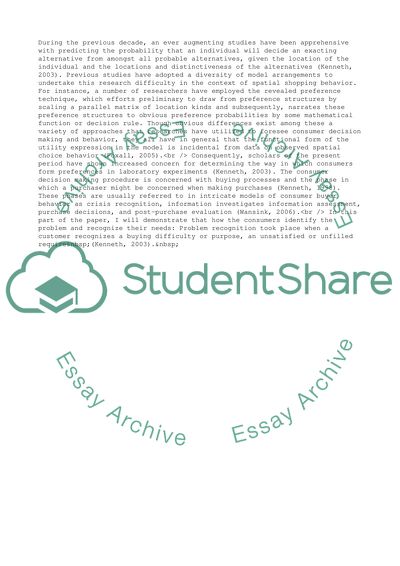Cite this document
(Consumer Decision Making and Behavior Essay Example | Topics and Well Written Essays - 2250 words - 1, n.d.)
Consumer Decision Making and Behavior Essay Example | Topics and Well Written Essays - 2250 words - 1. Retrieved from https://studentshare.org/business/1717010-consumer-behaviour
Consumer Decision Making and Behavior Essay Example | Topics and Well Written Essays - 2250 words - 1. Retrieved from https://studentshare.org/business/1717010-consumer-behaviour
(Consumer Decision Making and Behavior Essay Example | Topics and Well Written Essays - 2250 Words - 1)
Consumer Decision Making and Behavior Essay Example | Topics and Well Written Essays - 2250 Words - 1. https://studentshare.org/business/1717010-consumer-behaviour.
Consumer Decision Making and Behavior Essay Example | Topics and Well Written Essays - 2250 Words - 1. https://studentshare.org/business/1717010-consumer-behaviour.
“Consumer Decision Making and Behavior Essay Example | Topics and Well Written Essays - 2250 Words - 1”. https://studentshare.org/business/1717010-consumer-behaviour.


